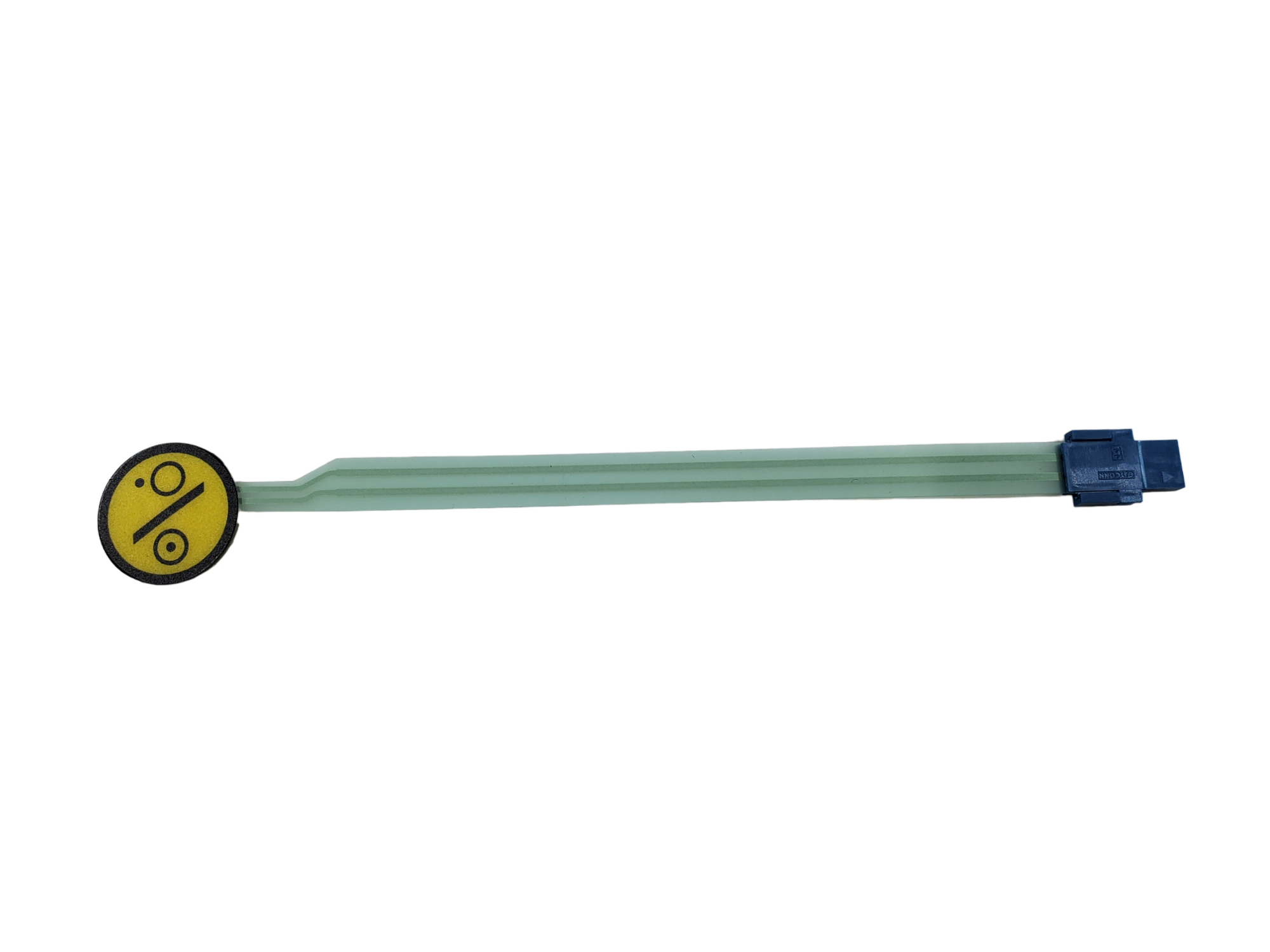Choosing the Right Membrane Switch for Your Business Needs
Choosing the Right Membrane Switch for Your Business Needs
Blog Article
Understanding Membrane Layer Changes: The Secret to Reliable and resilient Controls

What Are Membrane Switches?
Membrane switches are an advanced remedy in the realm of user interface innovation, integrating performance and design seamlessly. These tools serve as a user interface between individuals and electronic systems, integrating a number of parts into a compact style. Typically created from flexible, thin layers of materials, membrane buttons are created to react to touch, making it possible for individuals to communicate with machinery and digital devices effectively.
The key components of a membrane switch consist of a printed circuit layer, graphic overlay, and a spacer layer that avoids unintended activation. The graphic overlay can be tailored to reflect brand name identity or customer preferences, improving looks while making certain functionality. Membrane buttons are typically made use of in different applications, consisting of clinical devices, consumer electronic devices, and commercial equipment, owing to their sturdiness and resistance to ecological factors such as dampness and dust.
Among the key benefits of membrane switches is their capability to endure wear and tear, making them excellent for high-traffic settings. Additionally, they are light-weight and need very little space, permitting for cutting-edge layouts in item advancement. On the whole, membrane changes represent a useful and reliable option for contemporary electronic interfaces, marrying technology with user-centric layout principles.
Exactly How Membrane Layer Switches Over Work
The procedure of membrane layer switches over depend upon a simple yet efficient device that converts individual input into digital signals. These switches consist of numerous layers, usually consisting of a graphic overlay, a spacer layer, and a circuit layer. When an individual presses the switch, the top layer warps, allowing a conductive aspect in the circuit layer to make call with a corresponding conductive pad on the underside of the graphic overlay. This contact closes the circuit and sends an electronic signal to the device, suggesting that the switch has actually been turned on.
The design of membrane switches can differ, yet they typically include domes or responsive elements to offer feedback to the individual, improving the overall experience - membrane switch. The products made use of in membrane layer switches, such as polyester or polycarbonate, add to their sturdiness and resistance to ecological variables, consisting of moisture and dust. In addition, the published circuits are typically enveloped, which protects them from wear and tear useful site over time.
Advantages of Membrane Switches

Furthermore, membrane layer switches are recognized for their durability. Built from robust products, they are immune to dust, wetness, and physical wear, which dramatically extends their life-span contrasted to standard mechanical buttons. This toughness makes them specifically appropriate for high-traffic settings and applications requiring longevity.
An additional considerable advantage is the ease of cleansing and maintenance. The smooth surface of membrane switches over decreases dirt build-up and is usually invulnerable to spills, making them excellent for settings that call for regular sanitization.
Additionally, membrane buttons supply a streamlined account, leading to a thinner layout that can be incorporated right into various devices without adding mass. This function not just enhances the visual appeal yet also adds to a more ergonomic product style.
Applications of Membrane Layer Switches
Functional and user-friendly, membrane buttons find applications throughout a variety of markets, including clinical tools, customer electronics, and commercial equipment. In the clinical area, these switches are important to devices such as analysis equipment, client monitoring systems, and mixture pumps, where integrity and convenience of cleaning are essential. Their ability to preserve and hold up against extreme atmospheres functionality makes them suitable for such applications.

In consumer electronic devices, membrane switches are made use of in items like microwaves, cleaning devices, and push-button controls - membrane switch. Their streamlined layout permits instinctive customer interfaces, improving the general customer experience while offering longevity and resistance to tear and use
Commercial tools also takes advantage of membrane buttons, specifically in control panels for equipment and automation systems. These switches provide defense versus dirt and wetness, making certain regular performance in tough atmospheres. Furthermore, their adjustable functions allow producers to tailor them to particular operational important site demands, enhancing effectiveness and functionality.
Selecting the Right Membrane Layer Change
When choosing a membrane layer button, it is important to think about numerous aspects that affect performance and suitability for details applications. The main considerations include environmental conditions, responsive comments, durability, and design specs.
First, assess the operating atmosphere; buttons revealed to wetness, chemicals, or severe temperatures call for certain materials to guarantee durability and functionality. Next off, assess the need for tactile responses. Depending on customer interaction, some applications may gain from a tactile response to validate activation, while others might like a non-tactile design for aesthetic factors.
Sturdiness is an additional critical aspect; membrane buttons need to be designed to hold up against frequent use, effects, and abrasion. Make certain the selected button can sustain the expected lifecycle, particularly in high-usage circumstances.

Final Thought
In verdict, membrane layer switches offer as essential parts in the layout of long lasting and trusted control systems throughout various markets. The convenience of membrane changes permits for customized solutions that meet certain functional needs, enhancing their value in contemporary technology.
Membrane switches over stand for a critical element of contemporary interface style, mixing performance with resilience in numerous applications.Membrane switches are an advanced solution in the realm of individual interface technology, incorporating capability and layout effortlessly. Commonly created from adaptable, slim layers of materials, membrane layer switches are made to respond to touch, enabling customers to communicate with equipment and digital devices effectively.
The design of membrane buttons can vary, yet they frequently incorporate domes or responsive components to offer comments to the user, boosting the general experience.In verdict, membrane switches serve as important elements in the style of resilient and dependable control systems across various industries.
Report this page